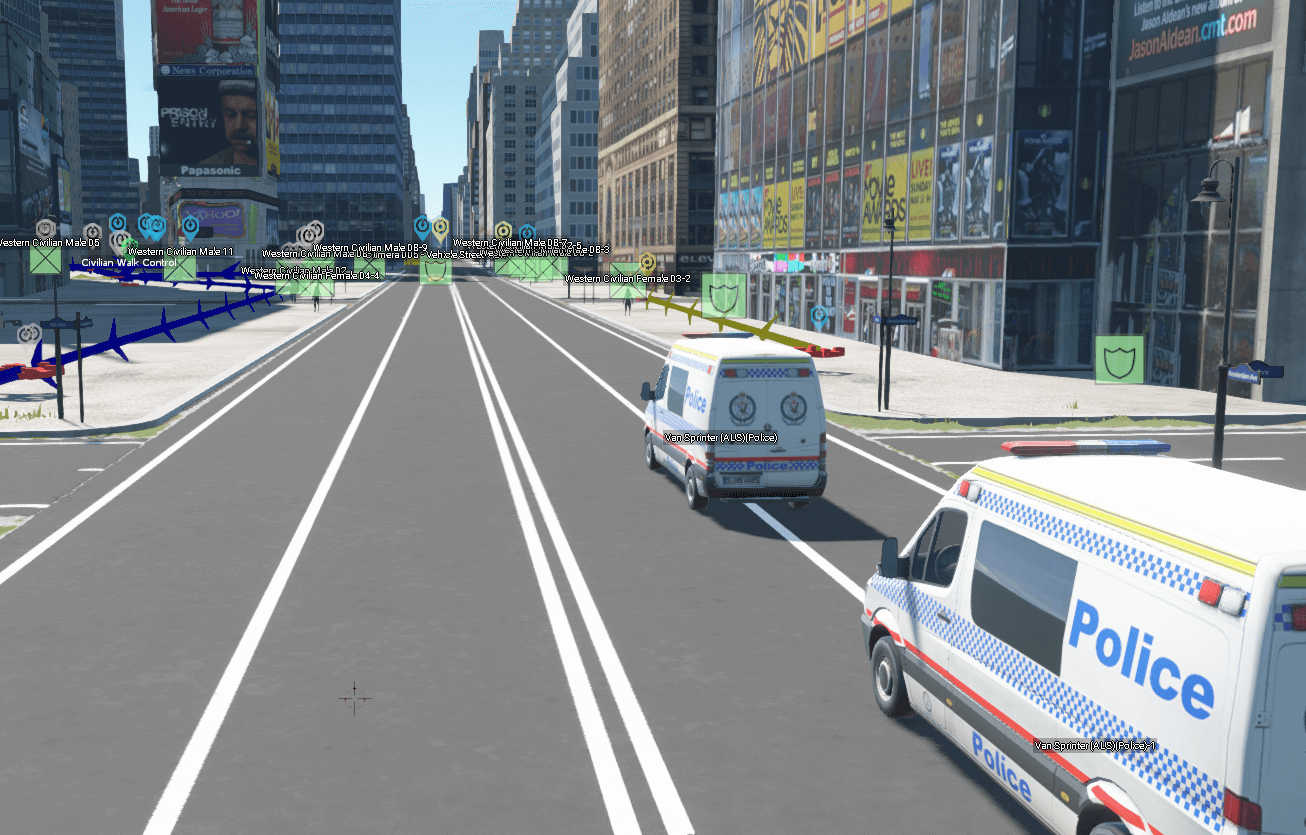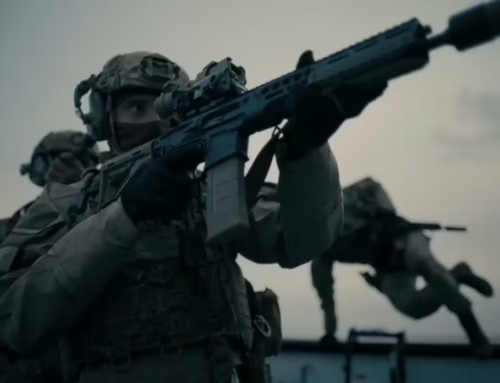In many decades of experience in military and law enforcement firearms training, we’ve witnessed the evolution of training methods first-hand. From static targets to live-action role-playing, we’ve always strived for that perfect balance of realism, safety, and efficiency. In recent years, a new tool has emerged that’s revolutionising how we train: virtual reality (VR).
As an industry, we’re starting to invest heavily in VR training simulators. Agencies worldwide recognise this technology’s potential to better prepare our officers and soldiers for the unpredictability of real-world engagements. The immersive nature of VR allows for training scenarios as close to real life as possible without the inherent risks of live training.
Take the example of a tech company in North Carolina distributing VR training kits to law enforcement and military bases globally. These kits put our personnel in real crises, allowing for a level of interaction and situational awareness that traditional methods can’t match.
One of the significant advantages of VR training is the ability to create a wide range of customisable scenarios. We can simulate everything from domestic disturbances to armed robberies, adjusting variables to suit specific training goals. This flexibility, coupled with the safe and efficient training environment VR provides, is leading to more and more law enforcement agencies adopting this technology.
The benefits continue beyond there. With VR, officers can train repeatedly without the cost of live ammunition or real-world props. They’re exposed to high-pressure situations that test their decision-making and communication skills, all in a controlled environment. The realism and immersiveness of VR training prepare our personnel for future incidents and help them develop critical skills required in their line of duty.
The impact this is having on our communities can’t be overstated. With better-trained officers, we see improved response times and more accurate actions, leading to safer communities.
At the forefront of this shift towards VR training is Agincourt. Our immersive virtual reality firearms simulator training platform is designed for modern combat and law enforcement operators. By supporting a cross-section of virtual, augmented, and mixed reality platforms, we’re providing high-fidelity realism that replicates the pressures of the modern military training environment.
Deadly force training is essential. It’s not just about knowing what happens when you pull your gun and shoot but also about handling your






